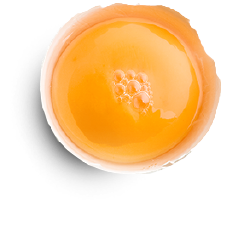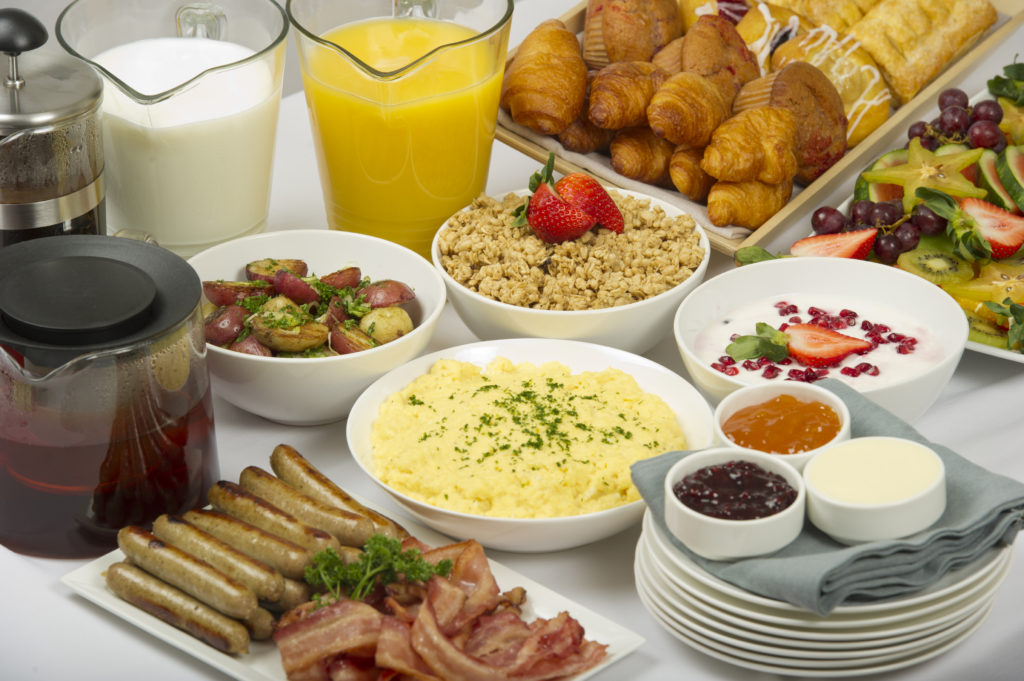Filter By

Festive Brunch, Tomorrow’s Lunch?
Weekend brunch is a tradition in many families. Leftovers can be the best part of a special meal. However, if not properly stored and reheated, all those wonderful dishes could pose a risk. To cut down on contracting a food-borne illness, keep the following tips in mind.

- Any food that has been left out for more than two hours, not at its proper holding temperature, should be discarded. The proper temperature is 140° F for hot foods like soups, dips, or sauces and 40° F or below for cold foods like deviled eggs.
- If you aren’t planning on eating the food in two to three days, split the leftovers into smaller portions and freeze any quantity more than a three-day supply. You can prevent leaving foods in the refrigerator too long by dating containers with a marker and masking tape. Be sure you leave room for air to circulate so all items are held at a consistent temperature.
- Whether using an oven, stovetop or microwave to reheat your leftovers, it is important that the dish heats up evenly to a temperature of 165° F as measured with a food thermometer. Sauces, soups and gravies should be reheated by bringing them to a boil. When microwaving leftovers, make sure there are no cold spots in food – these are places where bacteria can survive – by stirring and rotating foods for even cooking.
- Any reheated, uneaten leftovers should always be discarded so heat only what you can eat the second time around!
The USDA has created a FoodKeeper app that includes the ability to set up an alert before leftovers spoil. See more information about Leftovers and Food Safety from the USDA Food Safety and Inspection Service. Enjoy your leftovers! For more tips follow us on Twitter and Facebook!

 Back
Back